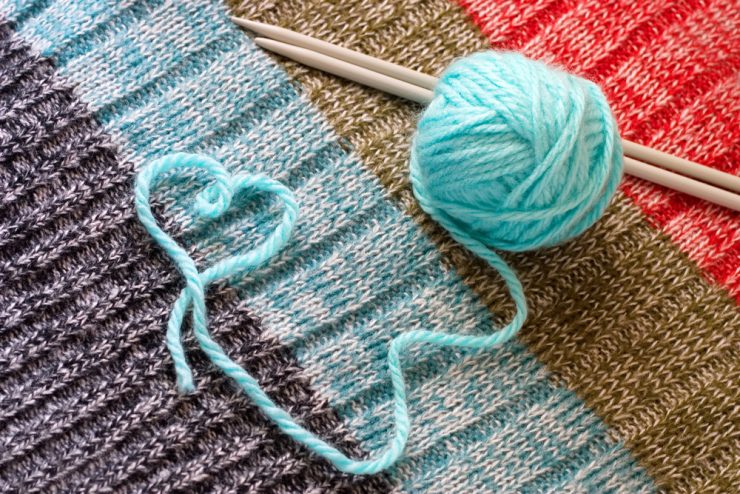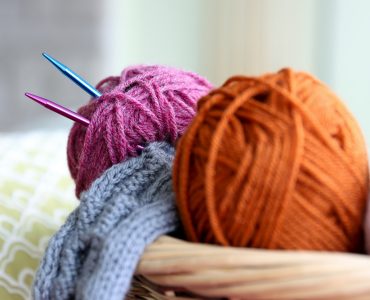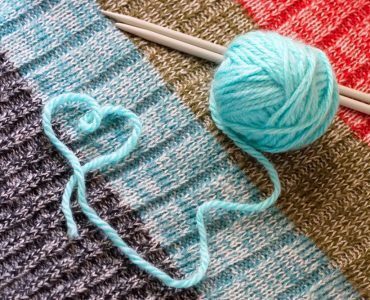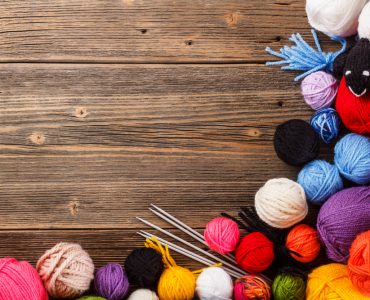Knitting is a process of making cloth with the use of yarn or thread. Some types of knitting include flat knitting and circular knitting.
Circular knitting, or otherwise known as ‘knitting in the round,’ is a knitting method that produces a seamless tube, and it is done in rounds in a spiral. In circular knitting, knitting is stitched and the circle of stitches is linked. Initially, circular knitting is being done by means of four or sometimes five double-pointed knitting needles until circular needles were developed. The circular needles look like two short knitting needles, with a cable that links them. Circular knitting can also be done by machine; double bed machines can create knitted tubes and specialised machines, which utilises distinct latch-hook needles and are used in sock knitting, create stitches in a circular frame. Circular knitting creates tube-shaped or circular pieces such as socks, hats, sleeves and mittens. Finger knitting also produces tube-like pieces and is done by hand like knitting on needles.
Flat knitting is another type of knitting wherein the fabric is knitted from alternating sides. This type of knitting makes use of two straight needles and works in row and horizontal lines of stitches. It is used to make rectangular and flat pieces of cloth, such as blankets, scarves, and the fronts and backs of sweaters. Flat knitting is generally differentiated from circular knitting, wherein the fabric is usually knitted starting from its same side. In flat knitting, the fabric is normally turned after every row. In several forms of double knitting with double-pointed knitting needles and two yarns, the fabric can be turned after every second row.












